Report on Software Testing and Quality Change Management Strategies
VerifiedAdded on 2022/12/29
|11
|717
|81
Report
AI Summary
This report provides a comprehensive overview of software testing and quality change management. It begins with an introduction to the importance of software quality and the role of testing in achieving it. The report then delves into the theory of software testing, covering aspects like test teams, failure analysis, and the software development lifecycle. It explores the roles of both static and dynamic testing, emphasizing the importance of validation and verification. The core of the report outlines testing objectives, activities, and stages, including unit testing, integration testing, and user acceptance testing. The report concludes by referencing key literature in the field, providing a solid foundation for understanding software testing principles and practices. This report is a valuable resource for students seeking to understand software quality assurance and the process of testing throughout the software development lifecycle.
1 out of 11

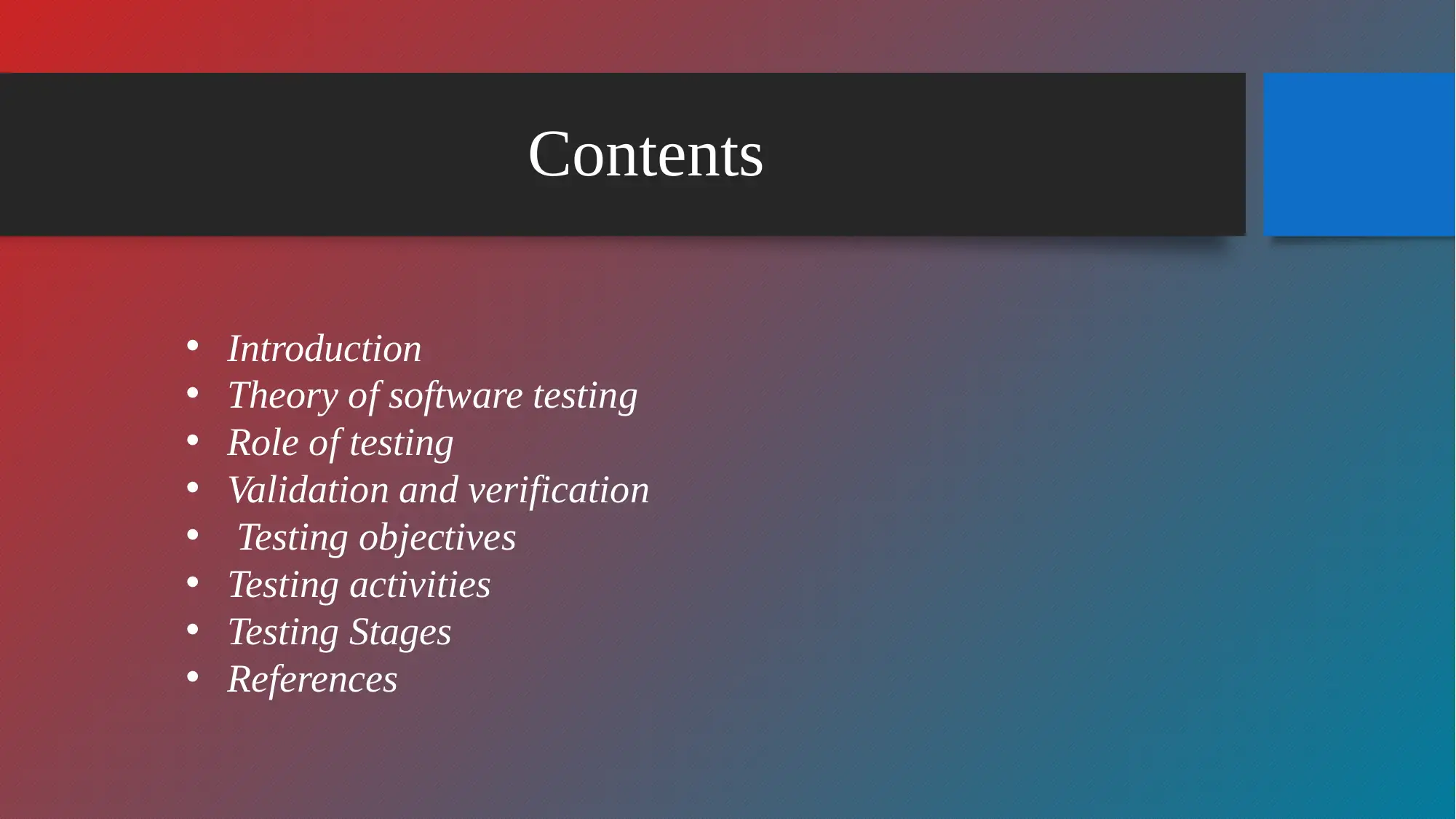
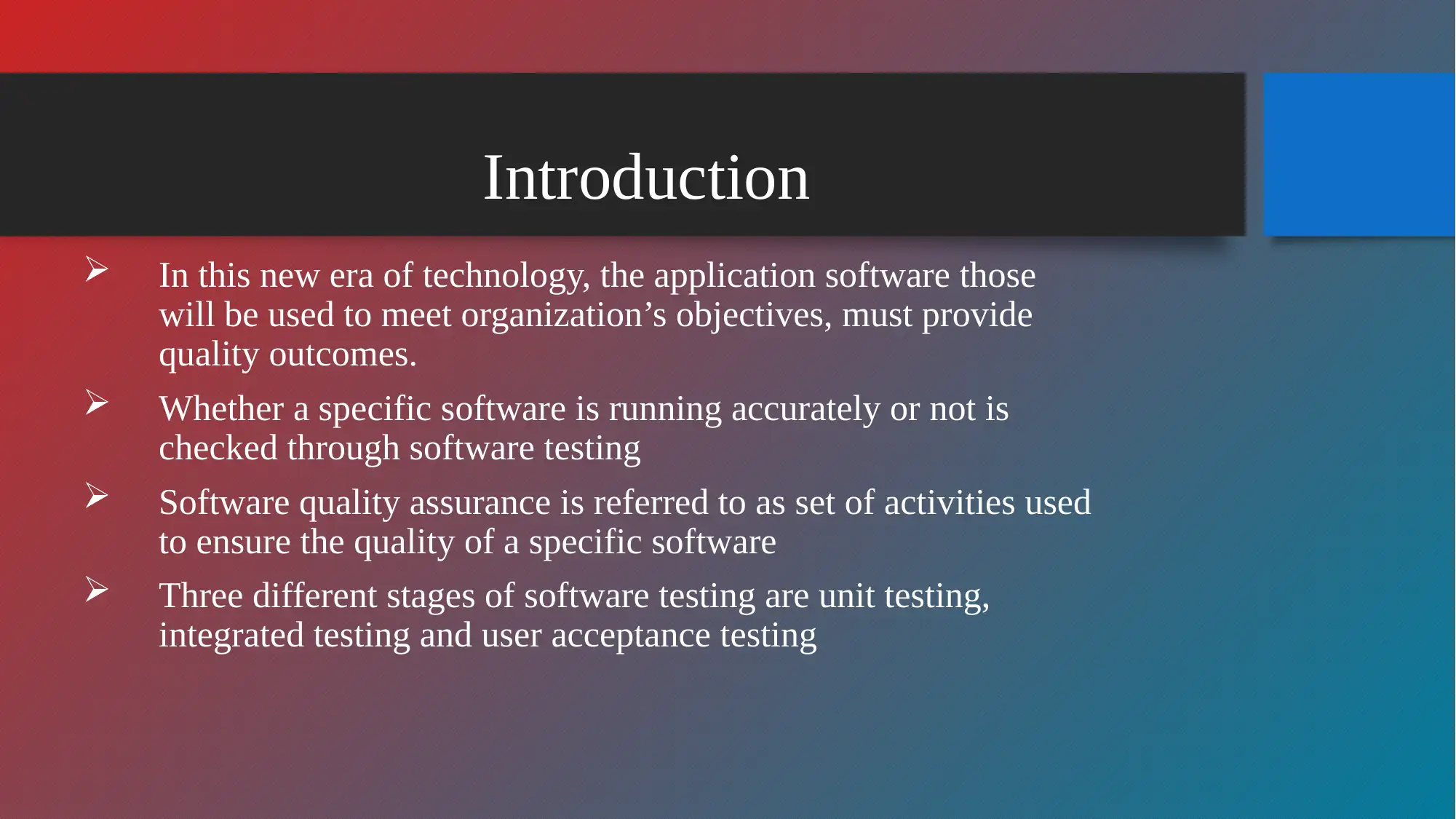

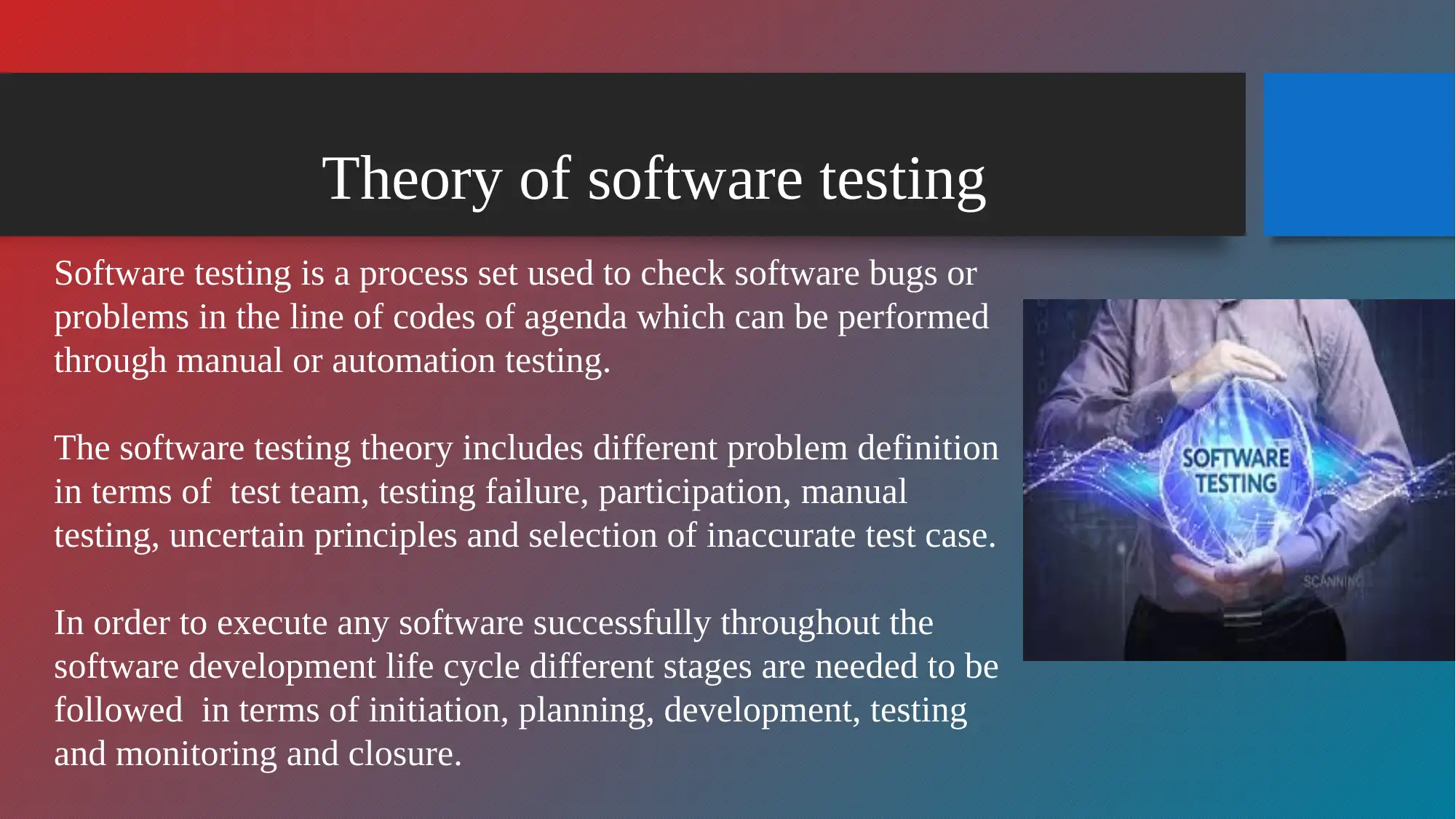
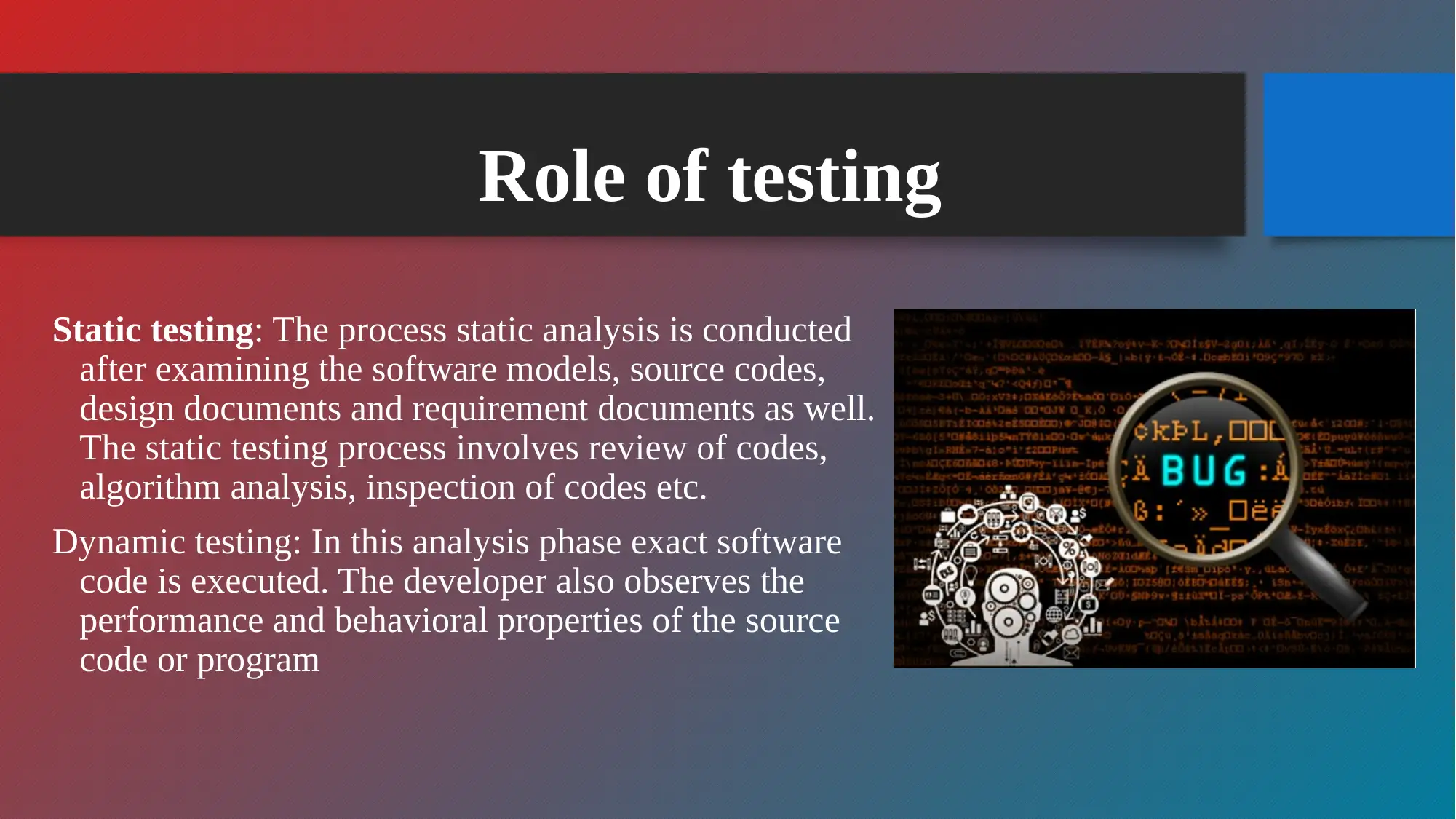
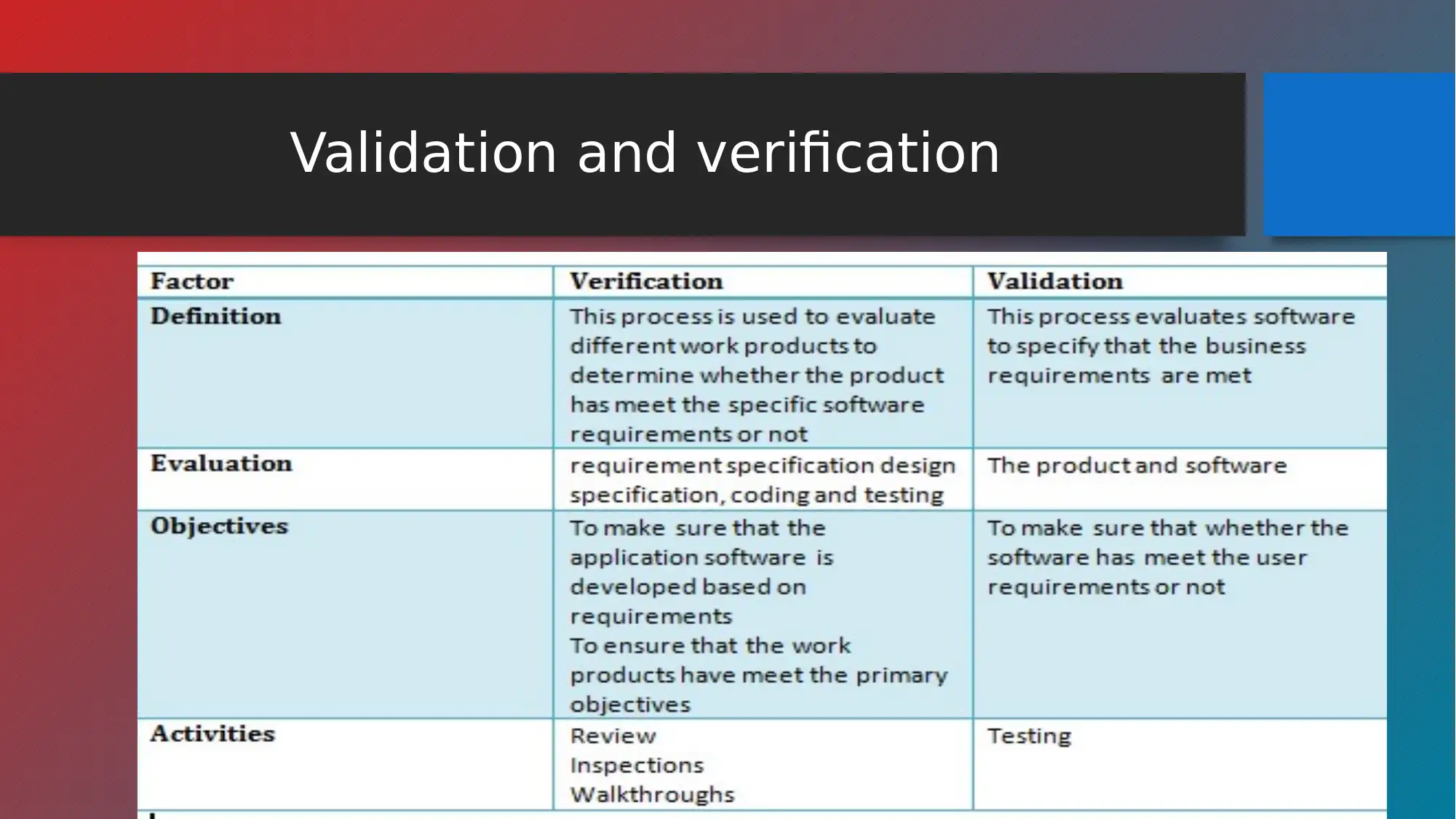
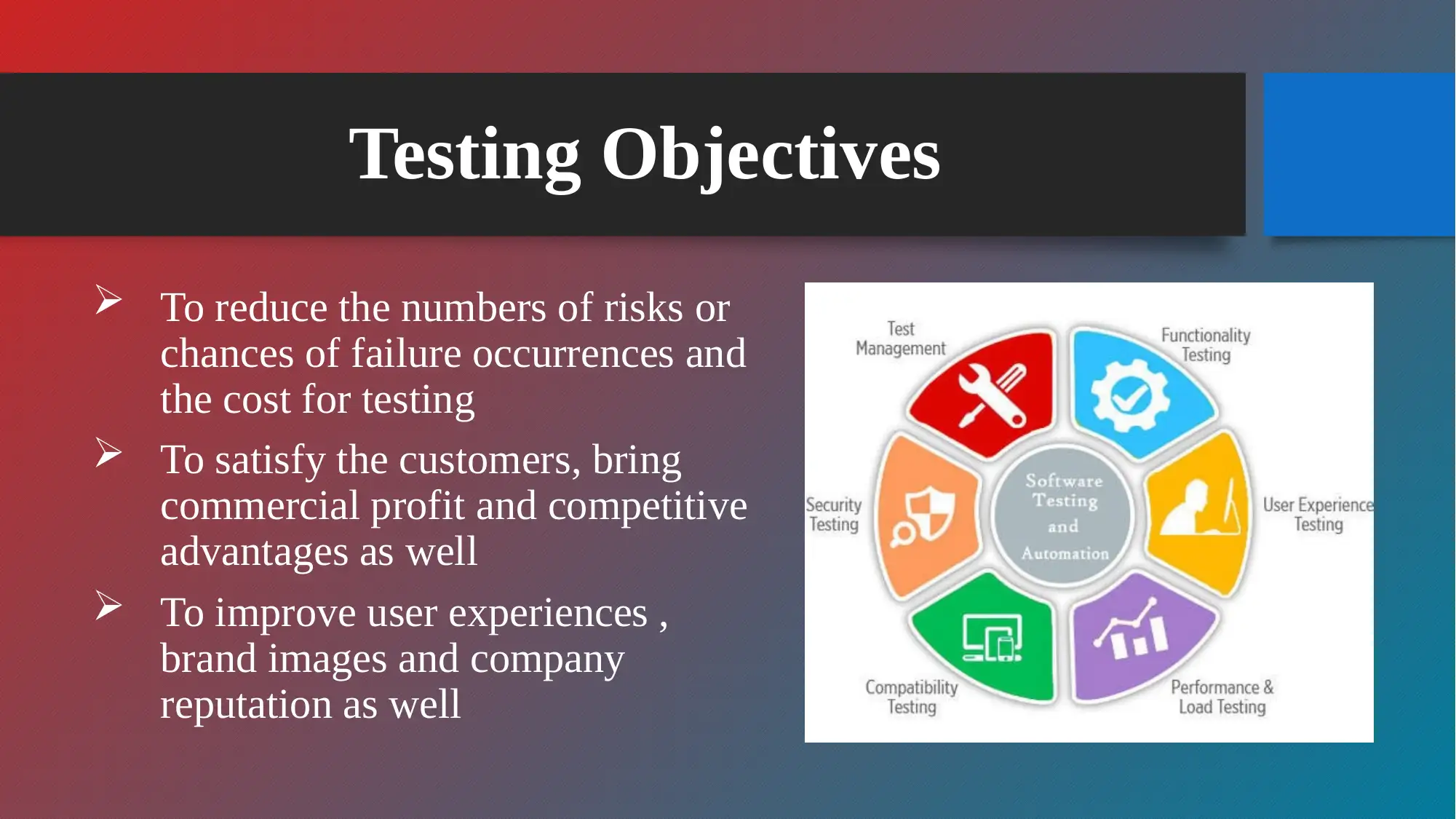
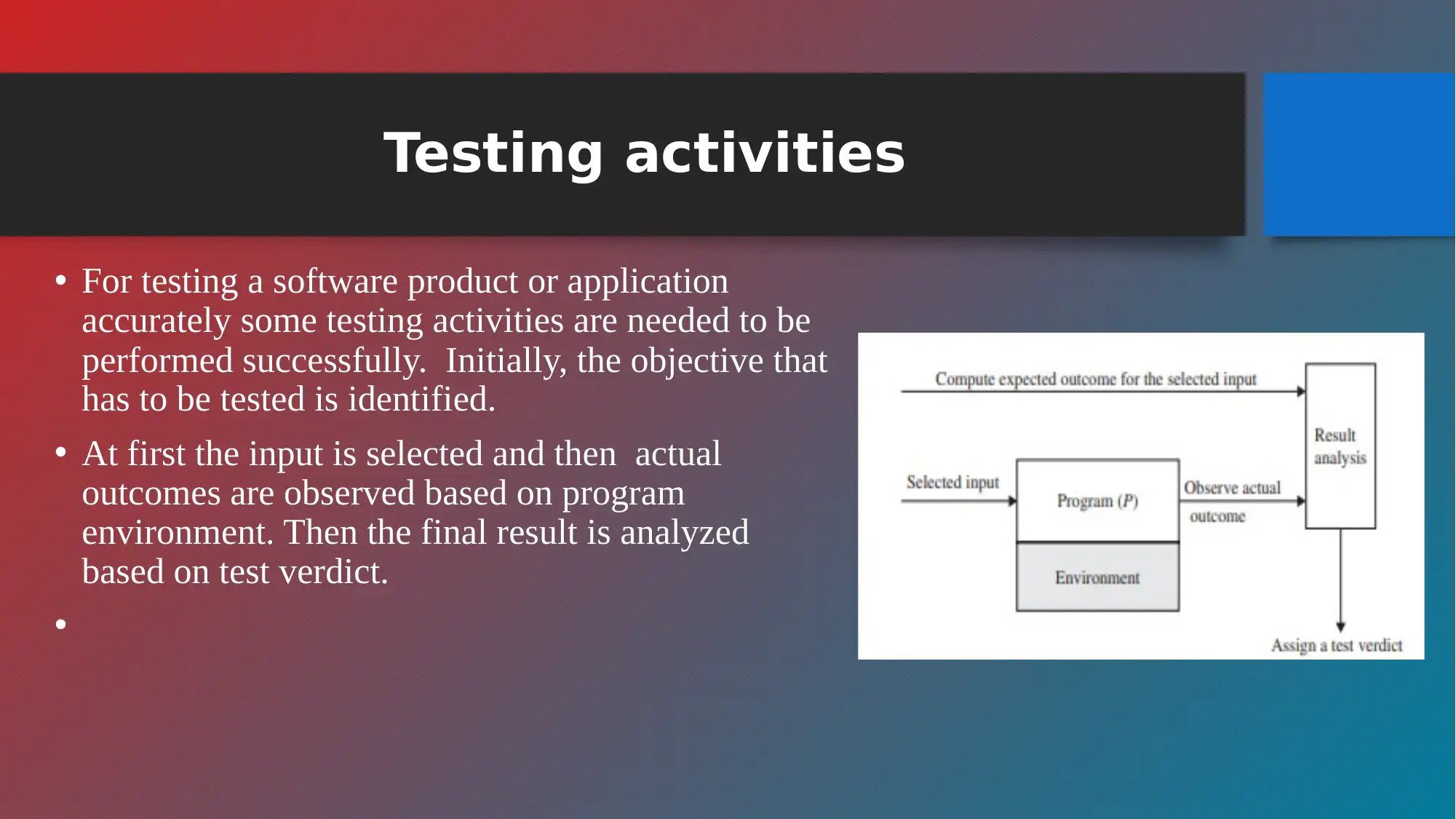
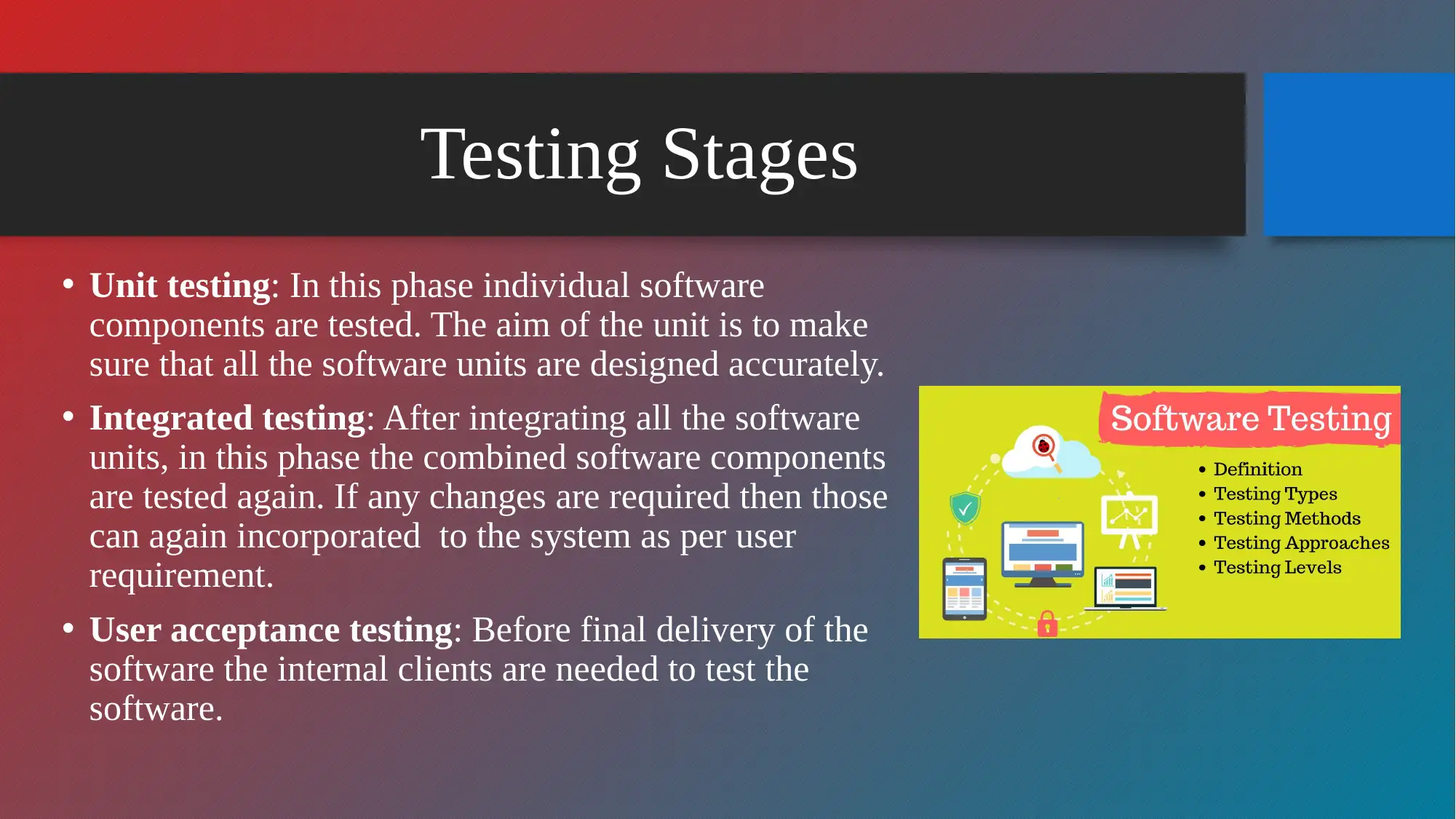
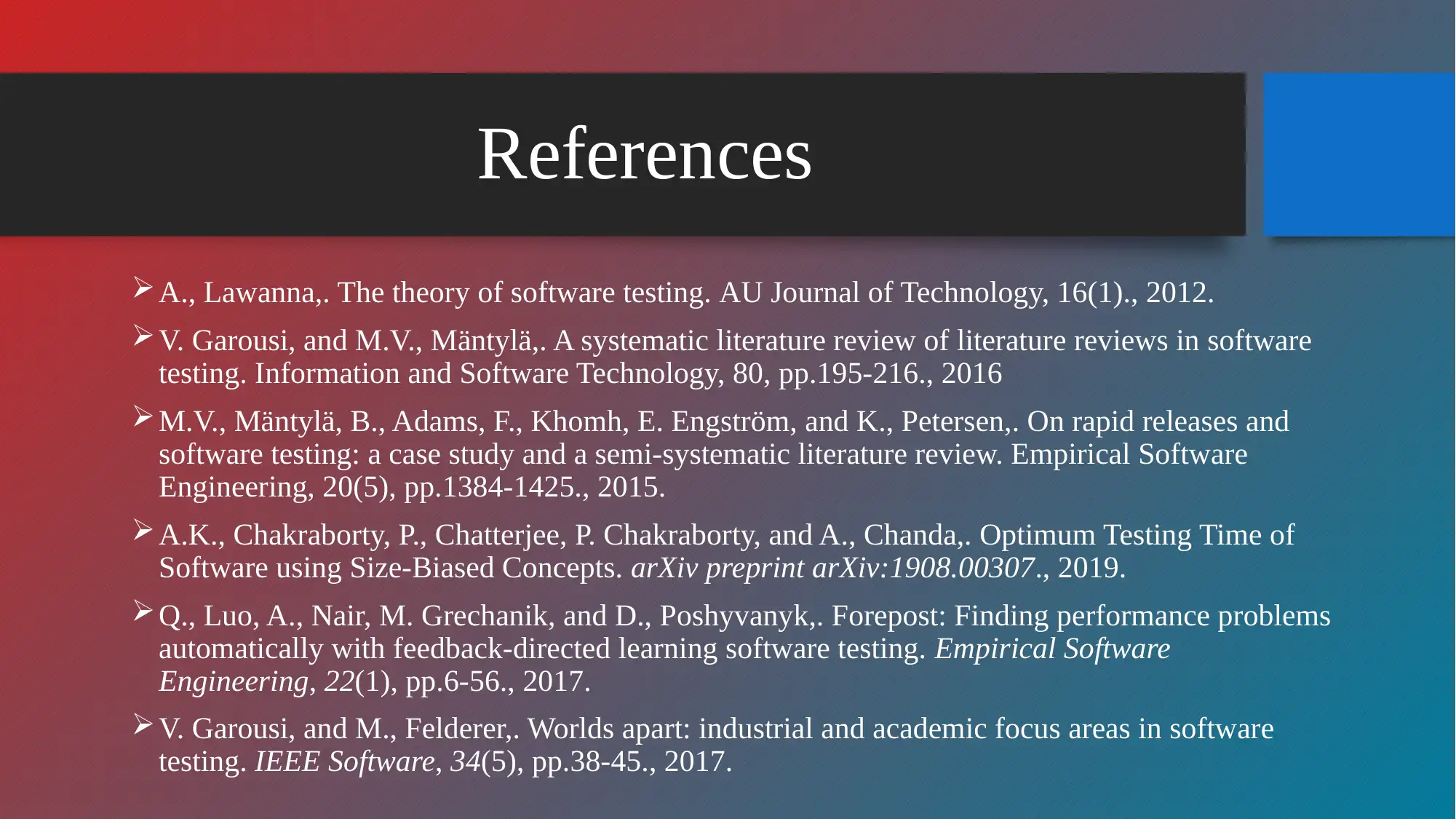





![[object Object]](/_next/static/media/star-bottom.7253800d.svg)